Our annual Missouri Wine “Through the Glass” photo contest is now closed for entries! A panel has carefully evaluated this year’s submissions and narrowed it to the top seven. Take a look and see which one you will help win this year. The photo contest finalists are listed below in no particular order.
Vote for your favorites on our Instagram and Facebook pages @MissouriWines and earn points for your favorite photos.
Points earned by voting are tallied as follows:
Facebook voting procedure: Top 6 photos will be shared in one album.
- Share = 3 points, comment = 2 points, like = 1 point.
Instagram voting procedure: Top 6 photos will be shared to feed individually.
- Like = 1 point Comment = 2 points
Voting is open from November 8-13. Stay tuned to vote!
Only votes on the original Facebook and Instagram social posts on November 8th will be tallied. Limit one share and comment per person.
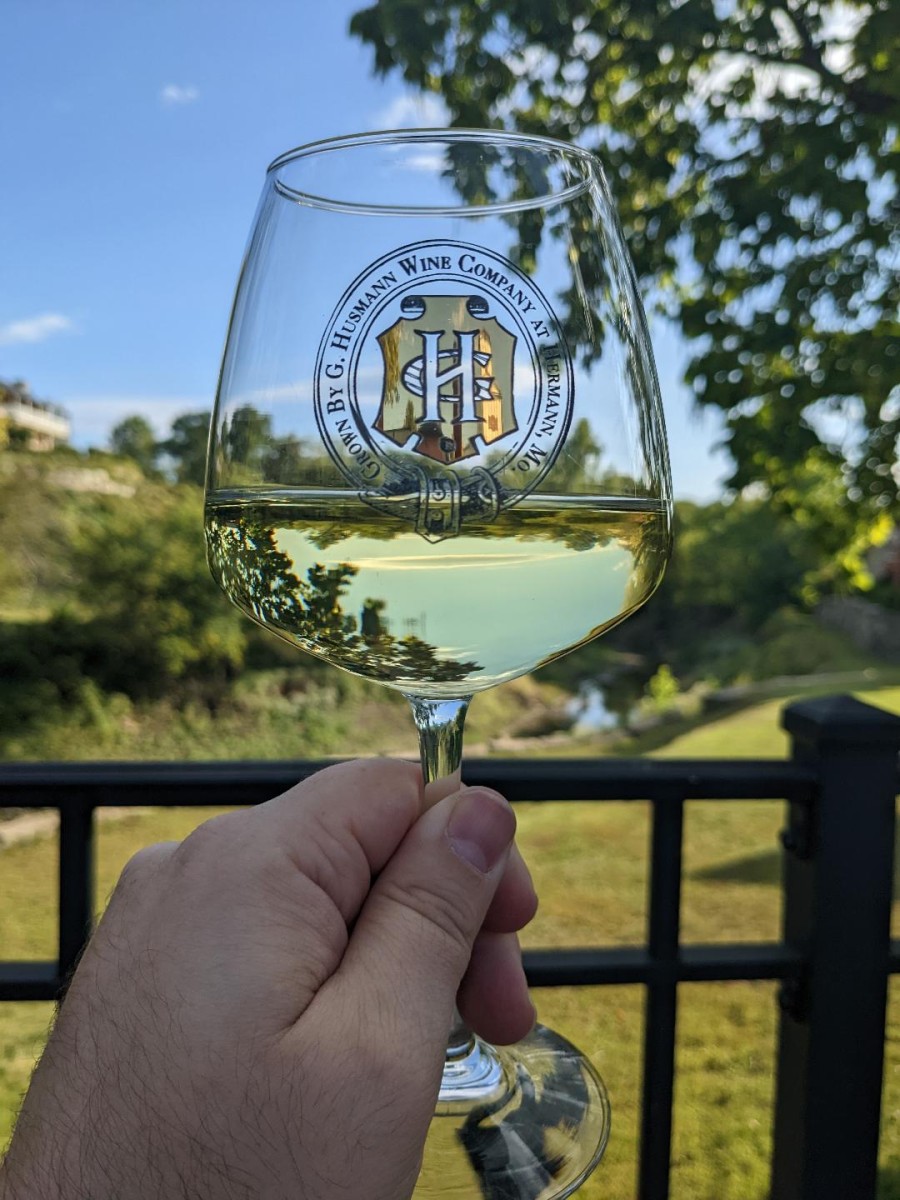
Patio Reflections by Benjamin Roman
Taken at G. Husmann Wine Company in Hermann, Missouri
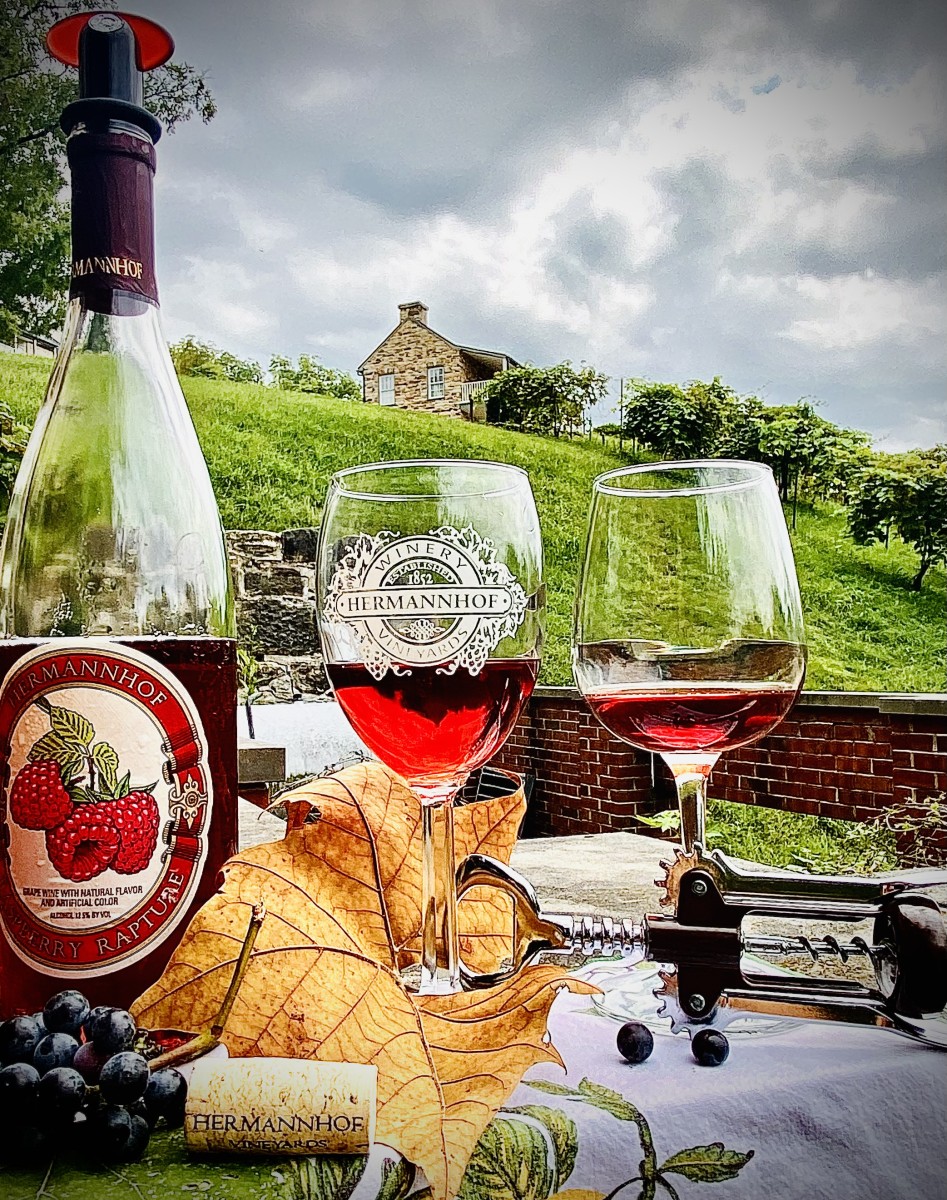
Transition of the Seasons by Carol Pickering
Taken at Hermannhof Winery in Hermann, Missouri
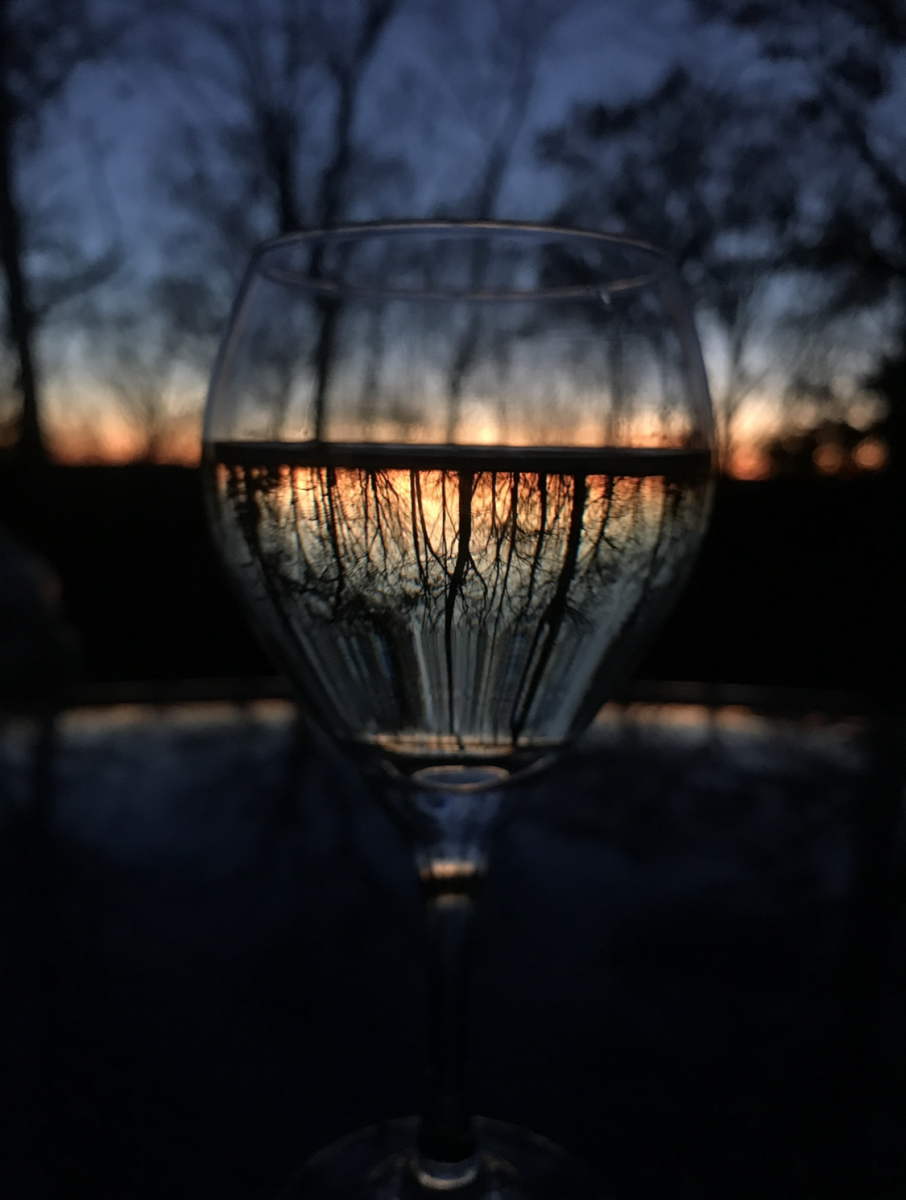
Sunset Reflection by Kathleen Meier
Taken in Catawissa, Missouri

Time to “Wine Down” by Robert Monnin
Taken at Hermannhof Winery in Hermann, Missouri
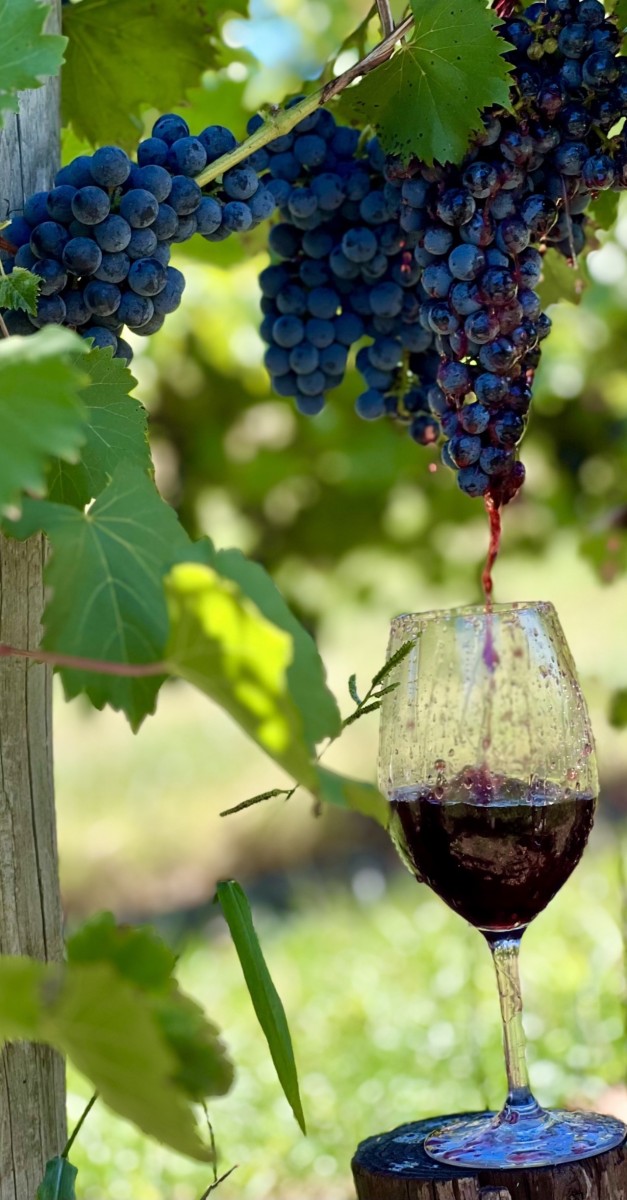
From Grapes to Glass by Scott Rombach
Taken in Augusta, Missouri
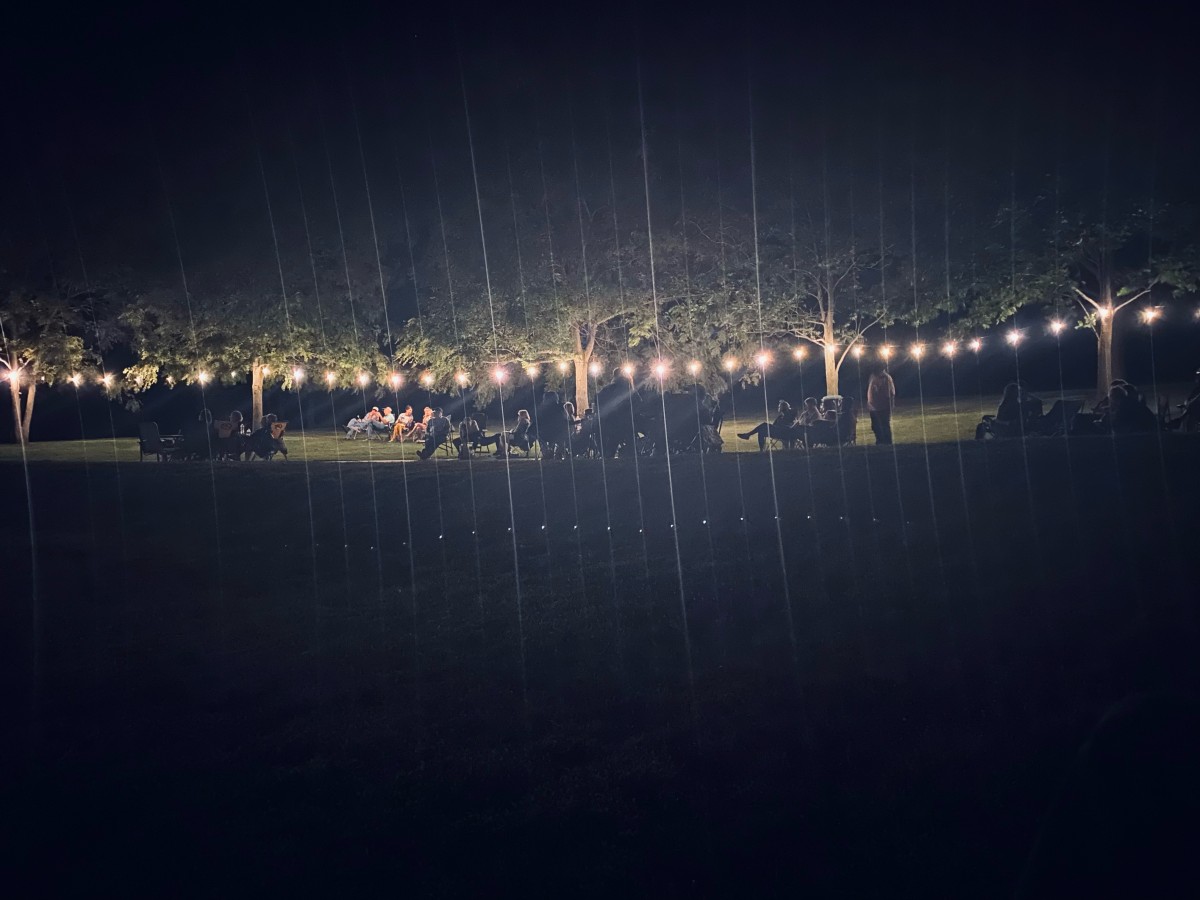
A “Just-Right” Kind of Night by Shelby Trussell
Taken at Backyard Vine and Wine in Maryville, Missouri
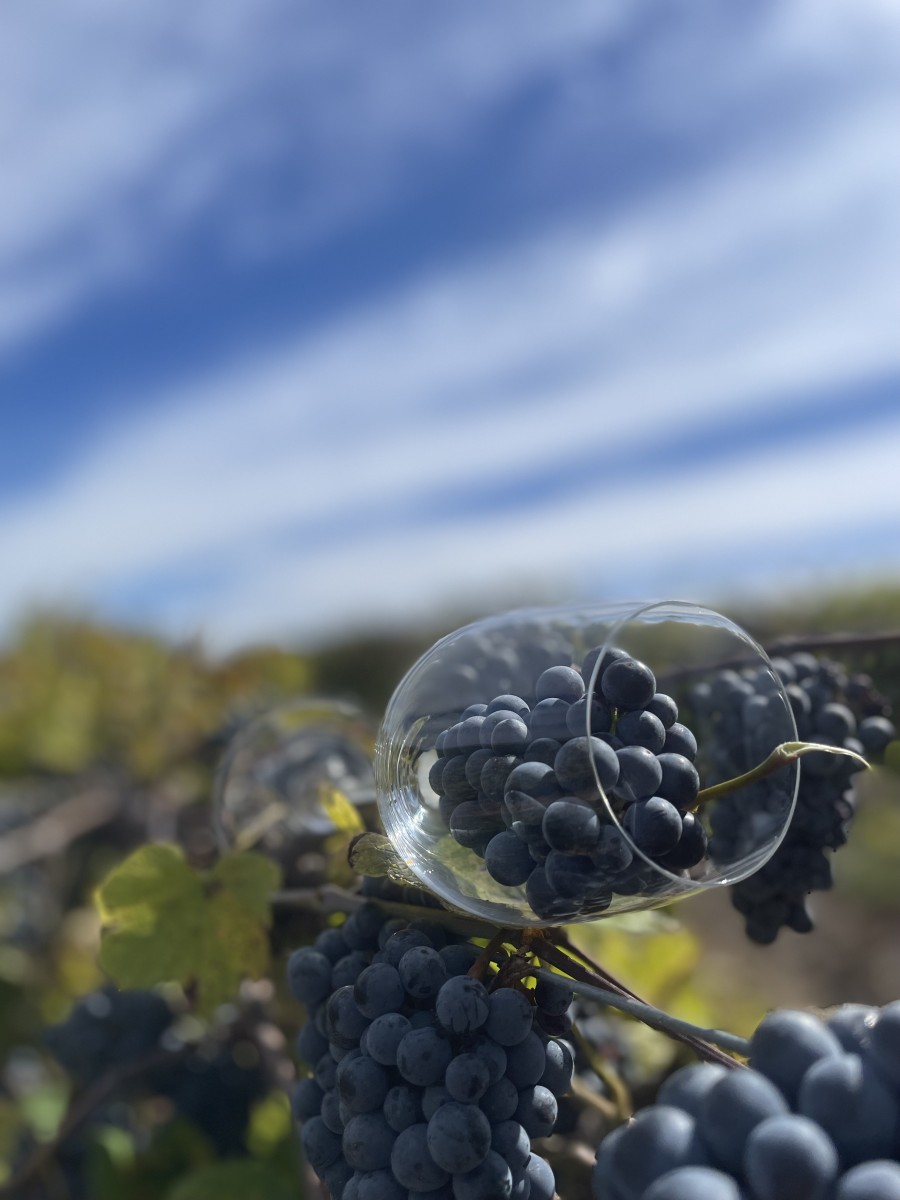
Vine to Wine by Tricia Newbold
Taken at Noboleis Vineyards in Augusta, Missouri
Remember to vote on Facebook and Instagram by following @missouriwines!